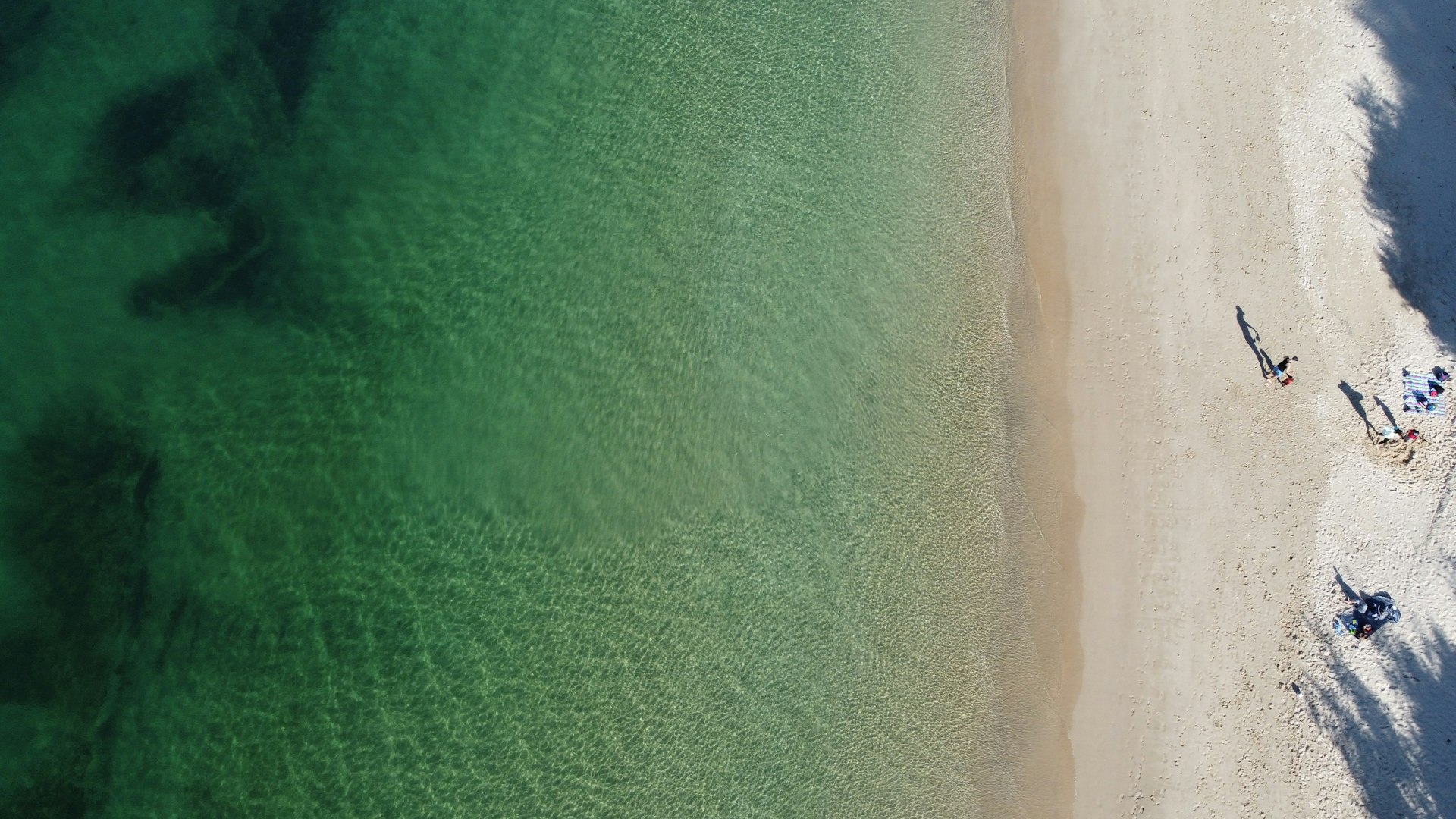Navigating Ocean Acidification: Impacts and Adaptation Strategies for Fisheries

Photo by NOAA on Unsplash
Understanding Ocean Acidification and Its Relevance to Fisheries
Ocean acidification describes the ongoing decrease in ocean pH caused by the absorption of excess atmospheric carbon dioxide (CO
2
). Since the Industrial Revolution, the global ocean has absorbed about 30% of human-produced CO
2
, leading to a measurable drop in surface pH by approximately 0.1 units over the past two centuries-a 30% increase in acidity
[4]
. This shift in ocean chemistry triggers wide-ranging effects on marine life, particularly for fisheries that depend on sensitive species.
Biological Impacts on Marine Species
One of the most immediate consequences of acidification is its effect on marine organisms that rely on calcium carbonate for their shells and skeletons-including mollusks, crustaceans, and certain types of plankton. Increased acidity reduces these species’ ability to form hard shells, resulting in weaker structures, slower growth, and higher mortality rates [4] . For example, laboratory studies show that lobsters and other shellfish experience diminished reproduction, slower growth rates, and behavioral changes that increase their vulnerability to predators.

Photo by Dev Leigh on Unsplash
Fish are not immune. Early life stages-eggs and larvae-are particularly vulnerable to changes in pH. Reduced survival rates in these stages can lead to lower recruitment and ultimately impact fish population dynamics. Acidification can also alter plankton communities, diminishing both food quality and quantity for young fish [5] .
Consequences for Fisheries and Seafood Supply
Globally, ocean acidification is projected to decrease the annual catch potential for marine invertebrate fisheries by 0.75% for every 0.1 unit decrease in surface pH. Under a high CO
2
scenario, global fisheries catch potential could decline by as much as 12% by 2100, with 3.4% of that attributable directly to acidification
[1]
. These declines are not evenly distributed. Vulnerable regions include the West Arctic basin, some estuaries, and polar oceans, where changes in pH are more pronounced. In contrast, tropical fisheries may experience more significant impacts from warming and deoxygenation than from acidification alone.
This reduction in catch potential puts pressure on seafood supplies, raising prices and increasing the risk of economic conflict in developing nations that rely heavily on fish as a primary protein source [3] . Coastal communities, small islands, and areas with limited agricultural alternatives are especially at risk. In Alaska, for instance, certain crab fisheries already operate in naturally acidic deep waters, while shallow-water fisheries face new and unfamiliar risks from rising acidity [2] .
Real-World Examples and Case Studies
Research in New England highlights concerns about iconic species like the American lobster. As acidity increases, lobsters may find it harder to locate prey, spend more time foraging, and become more susceptible to predation. This results in not only ecological imbalance but also threatens a cornerstone fishery for local economies [4] .
Norwegian spring-spawning herring provide another example. These fish depend on plankton communities for early development, but acidification-driven changes in plankton can disrupt the food web, reducing larvae survival and potentially shrinking future harvests [5] .
Building Resilience: What Can Fisheries Do?
While the challenges of acidification are significant, practical steps can help fisheries adapt and build resilience:
- Monitor Ocean Chemistry: Fisheries can partner with scientific organizations to track pH and carbonate chemistry in their regions. This early warning allows for proactive management of vulnerable stocks. In Alaska, for example, ongoing research is helping fishermen anticipate risks and adjust practices accordingly [2] .
- Diversify Target Species: Fisheries may adapt by targeting species less sensitive to acidification or by shifting harvest timing and techniques. Flexibility in business models can reduce risk from declining populations of affected species.
- Promote Habitat Restoration: Healthy ecosystems, such as seagrass beds and mangroves, can buffer local acidity and support diverse marine life. Restoration projects can be coordinated with local conservation groups and universities.
-
Support Policy Advocacy:
Engaging with policymakers to reduce CO
2
emissions and support adaptation funding is crucial. Fisheries stakeholders can work with national and international agencies, such as the National Oceanic and Atmospheric Administration (NOAA), to advocate for science-based climate policies. - Invest in Research and Innovation: Continued research into species’ physiological responses and development of selective breeding programs for acidification-tolerant strains can offer long-term solutions.
Fishermen and seafood businesses seeking to build resilience should start by contacting their local fisheries management office or cooperative extension. You can also consult NOAA’s Ocean Acidification Program and university marine science departments for regional monitoring data, adaptation toolkits, and guidance on funding opportunities. For specific steps, consider searching for “NOAA Ocean Acidification Program resources” or “state fisheries adaptation grants.” Local industry associations may also provide targeted support and networking opportunities for affected fisheries.
Alternative Strategies and Mitigation Approaches
While adaptation at the fishery level is essential, large-scale mitigation relies on reducing emissions of CO
2
and other greenhouse gases. Transitioning to sustainable energy sources, improving fisheries management to avoid overexploitation, and supporting marine protected areas can all contribute to reducing the cumulative impacts of acidification and related stressors
[3]
.
Communities may also explore aquaculture of species known to be more resilient to acidic conditions, or invest in shellfish hatchery technologies that buffer water chemistry during critical early life stages. Collaboration with research institutions can help identify best practices and emerging solutions.
Challenges and Solutions in Implementation
Implementing resilience strategies is not without obstacles. Many fisheries operate on tight margins and may lack resources for monitoring, research, or transition to new species. Government grants and cooperative research programs can alleviate some of these burdens, but access varies by location. Fishermen should reach out to local university extension offices and state fisheries agencies to inquire about available support, workshops, and technical assistance.
Another challenge is uncertainty about how acidification interacts with other global changes, such as warming and deoxygenation. Continued investment in multi-disciplinary research is needed to refine predictions and guide practical adaptation. Fisheries can participate in citizen science initiatives and stakeholder advisory panels to ensure their voices shape future research priorities.
Key Takeaways and Next Steps
Ocean acidification poses a clear and growing threat to global fisheries, with tangible impacts on seafood supply, ecosystem health, and coastal economies. However, by staying informed, engaging with research, and leveraging available resources, fisheries can build resilience and adapt to changing conditions. Fishermen and community leaders should:
- Monitor local research and participate in data collection efforts
- Explore diversification and innovative business models
- Engage with policy advocacy for science-based climate action
- Connect with industry groups, universities, and government agencies for support and adaptation guidance
If you are interested in learning more about adaptation resources or wish to be involved in regional monitoring efforts, you can contact your local fisheries management agency, university marine science extension, or NOAA’s Ocean Acidification Program for up-to-date information and next steps.
References
- Tai, T.C. et al. (2021). Ocean Acidification Amplifies Multi-Stressor Impacts on Global Marine Invertebrate Fisheries. Frontiers in Marine Science.
- AOAN (n.d.). Alaska Fishermen FAQ.
- Sustainable Impact Alliance (2025). Impacts of Ocean Acidification on Global Seafood & Solutions Required.
- University of New Hampshire (2023). How Could Ocean Acidification Impact New England’s Fisheries?
- SCOR International (n.d.). Consequences of Ocean Acidification for Fisheries.



